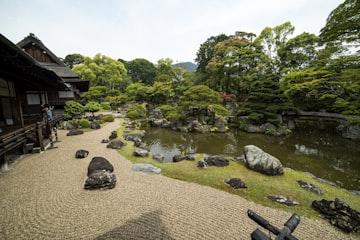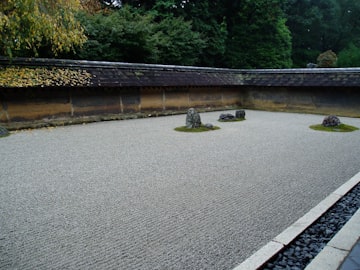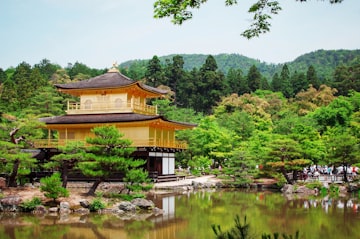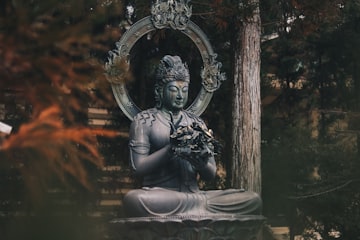Daigo-Ji
Daigo-ji was founded in the early Heian period. In 874, Rigen-daishi (Shōbō) founded the temple.
Read more Site
About Kyoto is one of the oldest municipalities in Japan, having been chosen in 794 as the new seat of Japan's imperial court by Emperor Kanmu. The original city, named Heian-kyō, was arranged in accordance with traditional Chinese feng shui following the model of the ancient Chinese capital of Chang'an/Luoyang. The emperors of Japan ruled from Kyoto in the following eleven centuries until 1869. It was the scene of several key events of the Muromachi period, Sengoku period, and the Boshin War, such as the Ōnin War, the Honnō-ji Incident, the Kinmon incident and the Battle of Toba–Fushimi. The capital was relocated from Kyoto to Tokyo after the Meiji Restoration. The modern municipality of Kyoto was established in 1889. The city was spared from large-scale destruction during World War II and as a result, its prewar cultural heritage has mostly been preserved.
Daigo-ji was founded in the early Heian period. In 874, Rigen-daishi (Shōbō) founded the temple.
Read more Site
Ryoanji is a Zen temple located in Ukyo-ku, Kyoto City, Kyoto Prefecture, Japan. It is known as a stone garden. It belongs to the Myosimpa of Imjejong, a branch of Seonjong, and is one of the cultural properties of ancient Kyoto, a UNESCO World Heritage Site.
Read more Site
Rokuonji is a pavilion located in the Zen Buddhist temple in Kita-ku, Kyoto City, Kyoto Prefecture, Japan, and its unofficial name is Kinkakuji, better known by this name
Read more Site
Ninnaji Temple is the headquarters of the Shinsa sect of Jin Eon-jong. It is located in Ukyo-ku, Kyoto City, Kyoto Prefecture, Japan, and was founded in 888 by retired Emperor Uda. It is designated as a UNESCO World Heritage Site as part of ancient Kyoto's cultural properties.
Read more Site